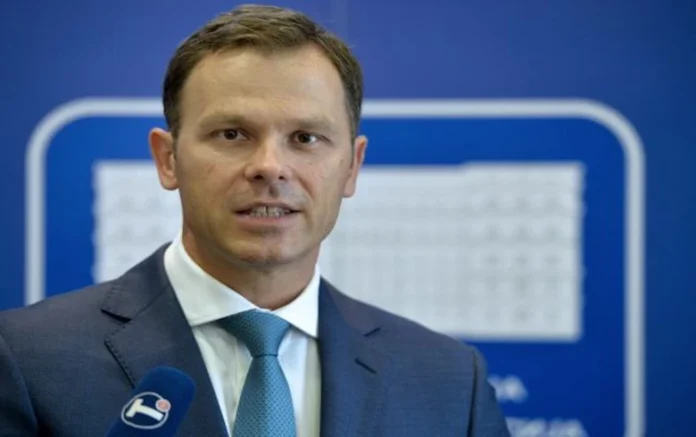Serbia’s annual average inflation slowed down by 1.7 p.p. in October, from 10.2% to 8.5%, according to the country’s statistics office data on November 13.
Monthly inflation rose by 0.3 per cent in October, repeating the same increase seen in the previous month. In the first 10 months of the year, Serbia recorded an average inflation rate of 13.4 per cent.
Finance Minister Sinisa Mali stated on November 7:
“Our inflation expectations are lower and the fall in inflation is much deeper than we expected. It means that all those activities related to the control of fuel prices, the fact that we have one of the lowest prices of electricity and gas in Europe, but also the fact that we still keep under control the prices of some basic foodstuffs and the restrictive fiscal policy, which all contributed to the strong fall in inflation in October.”
In October 2023, consumer prices rose by an average of 7% compared to December 2022. The highest growth was observed in furniture and household appliances groups, with an increase by 12.7%. Prices for hotel and restaurant services rose by 11.5%.
Prices in housing, water supply, electricity, energy, gas and other fuels rose by 10.7 per cent, while food and non-alcoholic beverages grew by 10.5 per cent. Education prices rose by 2.9 per cent, while clothing and footwear prices climbed by 1.7 per cent.
The country’s central bank forecasts further easing of inflationary pressures during 2024, which is expected to reduce the rate of domestic inflation.
